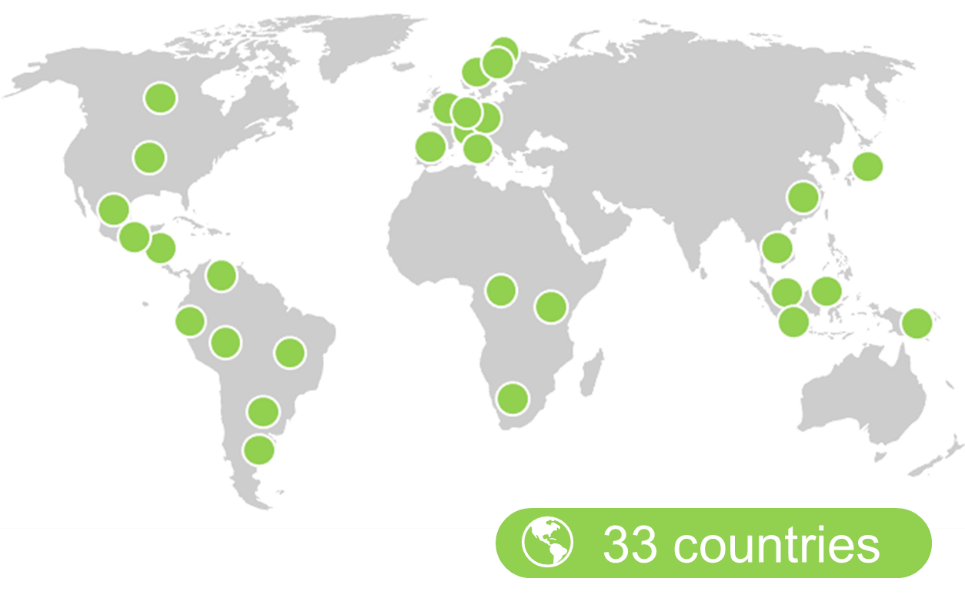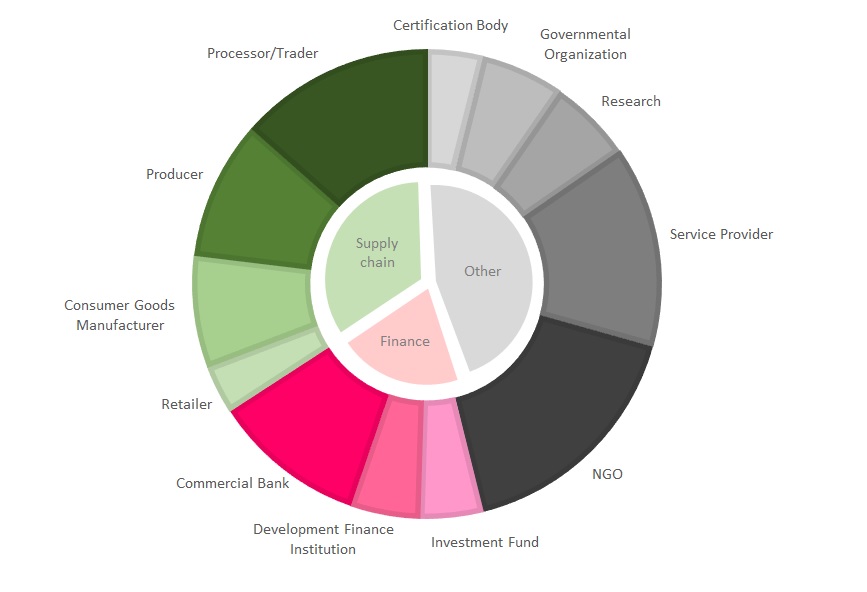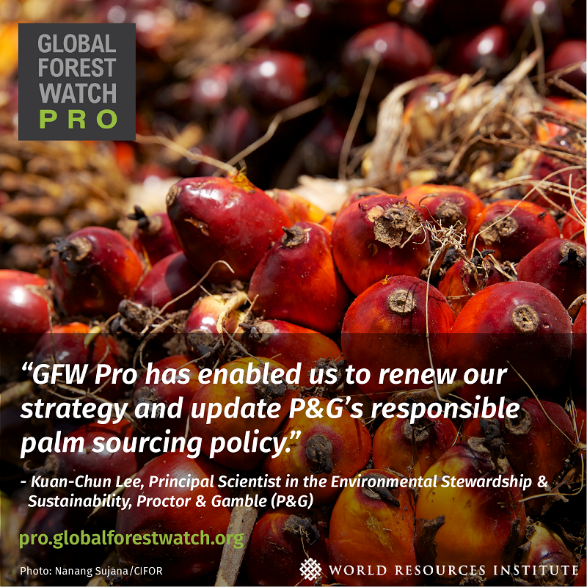GFW Pro’s First Year Offers Hope for Supply Chain Transparency

Farmers transport citrus in Peru. Photo by Marlon del Aguila Guerrero/CIFOR
-Marlon del Aguila Guerrero/CIFOR
The agriculture and food industry is struggling to find a clear path to reduce its impact on the world’s forests — a reality that was made overwhelmingly clear when we entered a new decade and most, if not all of the industry, had failed to meet their 2020 no-deforestation commitments. While the start of 2020 highlighted the extent of work that still needs to be done, we’re at the halfway point of the year and have reason for hope.
June marked one year since the launch of GFW Pro, a tool developed by World Resources Institute to help companies and banks better track and ultimately reduce deforestation within their agricultural supply chains and investment portfolios. For the past year, GFW Pro has been providing this service for any agricultural commodity, anywhere in the world— from palm oil and soy, to cocoa, beef, sugar, coffee, rubber, timber and more. Even after twelve short months, success stories demonstrate that the tool is making it easier for more companies to map and monitor their own footprint, a precondition for more transparent supply chains.
GFW Pro’s first year achievements
 GFW Pro is used to monitor supply chains in over 30 countries.
GFW Pro is used to monitor supply chains in over 30 countries. From the outset, GFW Pro leveraged best-in-class technology to make global forest and land monitoring more widespread and efficient than ever. One year after the public launch, the platform now hosts over 200 institutional accounts from more than 30 countries. These groups are monitoring locations in over 90 countries, including more than 60 million hectares of farms and concessions and 1 billion hectares of supply areas surrounding agricultural processing facilities.

GFW Pro users span a variety of organizations from private companies and financial institutions to NGOs, governments and research institutions. The Brazilian Ministério Publico (public prosecutor agency), for example, received an innovation award for utilizing GFW solutions, including a GFW Pro account, to bolster the justice system in the country.
A real-world impact…
Organizations using GFW Pro have already begun to see changes.
Louis Dreyfus Company has been using GFW Pro alongside farmers in Paraguay, to audit sustainability schemes for soy production. The company constantly watches for deforestation alerts and reviews high risk locations every six months. Half a dozen banks in the country have been doing the same. One Paraguayan bank that has been using GFW Pro since its beta period even used fire alerts to notify one of its investment farms of a fire unfolding on their land. Thanks to the quick action, the fire was halted, and damage was minimized.

Mondelēz International has used the tool for both their cocoa and palm oil supply chains. Mondelēz’s Cocoa Life program has mapped over 90,000 farms in Ghana and Ivory Coast to analyze forest cover, improve on-the-ground program decisions and help farmers grow more cocoa on less land. Procter and Gamble has mapped 1,200 palm oil mill suppliers around the world and identified that 7% of mills in its supply chain were located within high risk areas. The company now prioritizes engagement with these mills to tackle the issue.
Many companies using GFW Pro are also implementing programs to bring their own suppliers into the system. With whole supply chains on board, information can flow more easily, promoting more widespread transparency.
…and a continually improving system
Before GFW Pro, an expert would need specialized software to conduct the large-scale geospatial analysis needed to monitor thousands of locations globally— a process that could take days to run on a desktop. GFW Pro’s cloud-based architecture now allows non-technical users to perform such analyses much faster without installing an application— reducing costs and improving accessibility.
Even still, GFW Pro is working to increase its speed. Since launch, the system’s efficiency has increased eight-fold — increasing from 10 to 80 locations analyzed per minute. Faster processing means a greater area can be monitored, increasing the potential for widespread change.
Additionally, new data is released to GFW Pro each quarter. With a wide variety of up-to-date data offerings such as indigenous and community lands, updated official Brazilian deforestation data, palm oil concessions, and many others, users can now gain a sharper picture of what is happening on the ground.
What’s next for sustainable supply chains?
Of course, this is just the beginning. With direct feedback from users and support from partners, GFW Pro aims to expand its user base within the agricultural industry to reach mid-size companies who can help increase the impact of supply-chain monitoring. GFW Pro is also working to improve the ways users can share reports and demonstrate progress in an effort to better align with sustainability and land use reporting standards.
There is still much to do on the path to reduce deforestation.
From global users who want to monitor risks and trends, to local stakeholders wanting to act on near-real-time alerts, GFW Pro aims to be the one-stop shop for supply chain monitoring. We intend to explore more datasets of interest and will continue research and development around greenhouse gas emissions, better traceability and social risk indicators. Finally, GFW Pro is initiating research to quantify the impacts of monitoring on reducing deforestation. GFW Pro will continue to make monitoring and reporting on deforestation and land use easier than ever.


